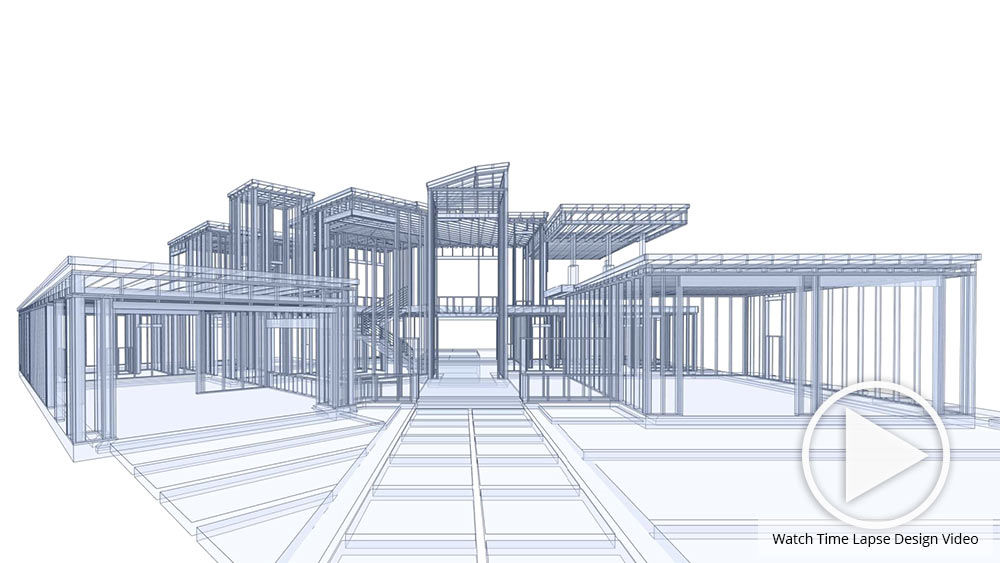The Creative Refine Behind Effective Jobs from CDA Architects
The Creative Refine Behind Effective Jobs from CDA Architects
Blog Article
A Detailed Overview of Architectural Designs and Their Influence on Modern City Planning and Advancement
Architectural styles have actually long offered as a mirror to the social values and technological innovations of their time, playing an essential function in shaping contemporary city preparation and advancement. From the magnificence of Neoclassicism to the practical technique of Brutalism, each design has actually introduced unique concepts that influence urban aesthetics and capability.
Historic Review of Building Styles

As cultures transitioned with the Middle Ages, Gothic architecture arised, characterized by its verticality and intricate detailing, mirroring the spiritual aspirations of the age. The Renaissance marked a revival of classic suitables, merging art and architecture in ingenious ways that affected succeeding styles across Europe.

Today, building designs remain to develop, driven by globalization and sustainability worries, reflecting a vibrant interaction between heritage and innovation. This historical introduction highlights the significance of architecture as a mirror of social advancement and as a catalyst for metropolitan advancement.
Trick Architectural Styles Explained
The variety of building styles reflects the myriad impacts that form our developed atmosphere, each personifying unique attributes and cultural significances. Secret architectural styles consist of Classical, Gothic, Baroque, Innovation, and Postmodernism, each representing one-of-a-kind historical contexts and visual philosophies.
Classic style, rooted in old Greece and Rome, emphasizes balance, proportion, and the use of columns (cda architects). On the other hand, Gothic architecture, thriving in the Middle Ages, is identified by sharp arcs, ribbed vaults, and flying buttresses, developing an aerial top quality in sanctuaries. Baroque design, emerging in the 17th century, is marked by majesty, fancy ornamentation, and a vibrant interplay of light and shadow
Innovation, which got energy in the very early 20th century, prioritizes function over form, using new products like steel and glass to create minimalist frameworks. Postmodernism, reacting against the austerity of Modernism, accepts eclecticism and historic referral, often including playful components and paradox.

Influence On Urban Planning
In shaping the advancement of cities, building designs considerably influence urban preparation decisions. The choice of architectural design frequently dictates the appearances, capability, and overall personality of city settings.
Moreover, architectural styles can impact zoning policies and land make use of plans. Urban planners must consider the prevailing find more info building patterns when Continued making districts, making sure that new developments balance with existing frameworks. This factor to consider fosters cohesive metropolitan landscapes and improves area identification.
The application of particular building styles can likewise influence socioeconomic elements within a city. For instance, premium contemporary designs may bring in affluent citizens and businesses, causing gentrification, while much more cost effective real estate services might focus on useful and lasting designs to fit diverse populations. Ultimately, the interplay in between architectural styles and city planning creates vibrant cities that mirror both historic context and modern demands, forming the lived experiences of their inhabitants
Sustainability and Modern Style
Architectural styles play a pivotal role in dealing with contemporary difficulties, specifically in the world of sustainability. As city locations increase and ecological issues magnify, contemporary architecture significantly embraces sustainable layout concepts that prioritize energy performance, source preservation, and very little eco-friendly effect.
Contemporary architectural activities, such as biophilic style and eco-friendly style, supporter for frameworks that balance with their surroundings, utilizing natural materials and promoting biodiversity. These designs often integrate sustainable power resources, such as photovoltaic panels and wind generators, to minimize reliance on nonrenewable fuel sources and lower carbon impacts.
In addition, the assimilation of advanced technologies, such as clever structure systems, enhances power monitoring, maximizing source use while you can try here making sure passenger convenience. Innovative water administration approaches, including rainwater harvesting and greywater recycling, additional add to sustainable urban environments.
Especially, sustainability expands past environmental problems; it incorporates social and financial dimensions. By cultivating area well-being and promoting inclusivity, modern-day building styles straighten with sustainable development goals. Subsequently, the advancement of building techniques proceeds to form resilient cities that not only meet the demands of today but likewise secure the future for generations to find.
Area Interaction in Design
Area interaction in design functions as an important bridge in between designers and the populaces they offer, making certain that the constructed atmosphere reflects the requirements and desires of its individuals. This joint process welcomes community members to add their understandings and choices, fostering a sense of possession and obligation toward the areas they occupy.
Efficient community involvement uses different approaches, such as workshops, studies, and public forums, to gather varied perspectives. These strategies help with a two-way dialogue, permitting engineers to recognize regional contexts while empowering homeowners to voice their worries and desires. This inclusivity not just improves the layout quality however likewise advertises social equity by addressing the unique challenges dealt with by marginalized teams.
In addition, neighborhood engagement can result in innovative solutions that could not emerge in a standard design procedure. By integrating regional knowledge and cultural values, designers can create areas that reverberate even more deeply with users, boosting usability and sustainability. Eventually, focusing on area engagement in style processes leads to environments that nurture social interactions, assistance health, and strengthen community ties, consequently playing a pivotal duty fit modern city landscapes.
Verdict
Architectural designs have profoundly affected contemporary city planning and growth, showing progressing social and technical contexts. As cities continue to grow and adjust, the continuous discussion in between building heritage and modern-day style concepts will remain crucial in creating inclusive, dynamic spaces that enhance top quality of life and promote social equity.
Report this page